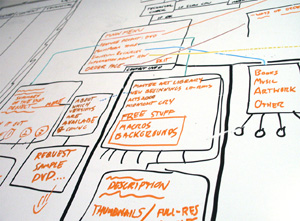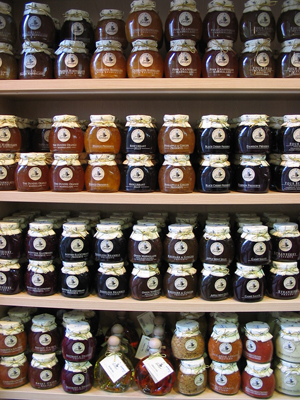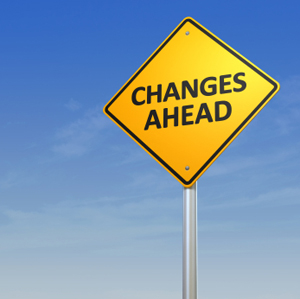He re is another idea related to the summer issue of M/I/S/C published by Idea Couture. In article by Dr. Julian Birkinshaw, the Deputy Dean of London Business School about “The Future of Management: Is it deja vu all over again?” he claims that besides all the expectations and different management theories and styles there has been no real change in management.
re is another idea related to the summer issue of M/I/S/C published by Idea Couture. In article by Dr. Julian Birkinshaw, the Deputy Dean of London Business School about “The Future of Management: Is it deja vu all over again?” he claims that besides all the expectations and different management theories and styles there has been no real change in management.
“… the vast majority of management work – by which I mean how we motivate people, make decisions, set objectives and allocate resources – seems almost impervious to change.”
So here are 3 thoughts related to it:
#1: what would be disruptive ?
If the assumption is that there has not been much change – what would be a disruptive innovation in management following Clayton Christensen‘s “Innovator’s Dilemma” approach. This obviously requires to look at management as a technology and as Clayton points out if you, i.e. the disruptive, are not significantly better the incumbant will win.
Following the original assumption above obviously there has not been anything “better” in the past years.
But following further on Clayton Christensen’s analysis how could the disruption look like?The better might play out initially in an underserved small market with less stringent performance requirements. It might offer a very specific advantage, e.g. agility, less overhead to create a competitive advantage as a basis to grow from.
#2: where have all the approaches gone ?
There has been a long list of new approaches and here is the latest promise for change in management: “Radical Management” by Steve Denning. I picked this because in a recent blog he is referring to Apple as a key user of Radical Management.
And then this relates to this comment on DaringFireball on HP’s split of the WebOS business and assigning hardware and software to different units within the organization. There might be still differences and improvements in management after all.
#3 could it be here already ?
I’m currently (re-) reading Jason Fried’s and David Heinemeier Hansson’s book “Rework”. And besides sounding really like “Radical Management” it shows a very different approach to managing besides quarterly results, organisational hierarchies and big budgets.
So maybe here is the disruptive approach for the future of management.
 Interesting interview with Windows Phone chief Andy Lees in the Seattle Times.
Interesting interview with Windows Phone chief Andy Lees in the Seattle Times.







